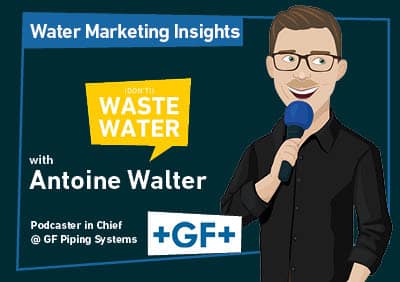If you’re from the US, your life is worth about 10 million dollars. That’s a lot, when you think that the median American worker will “only” make about $1.7 million dollars over his career, and that’s not much when you think that’s roughly the price of a specific Bugatti or Rolls Royce – I guess nobody wants to hear he’s worth a car.
The most expensive humans are found in Monaco, where a life is worth 26.8 million dollars, while the least expensive ones would be found in Burundi, with slightly more than a million dollars.

Table of contents
- The Moral Quandary: Can We Really Put a Price on Life?
- The Cost-Benefit Dilemma in Policy Making
- The Ford Pinto Case: A Lesson in Cost-Benefit Analysis
- The Importance of Accurate Life Valuation
- How Economists Measure the Value of Life
- The Job Market Approach: Risk and Reward
- The Industrial Revolution Example: High Risk, High Pay
- Crunching the Numbers: The Value of a Statistical Life
- Government Guidelines: The EPA’s Approach
- Why This Matters for the Water Sector
- The Marketing Gap in Environmental Advocacy
- The Economic Case for Water Treatment
- The Student’s Insight: The Need for a New Narrative
- The Power of Hard Facts
- The Political Challenge: Why Water Isn’t a Priority
- The Value of a Statistical Life: A New Angle
- The UN’s Data: A Case for Water Access
- The Cost-Benefit Analysis: A Universal Acceptance
- The US Paradox: Wealth and Water Access
- The Wealth Factor: Airplanes vs Cars
- Elasticity and Life’s Worth: The Viscusi Research
- The Global Scale: Monaco vs Burundi
- The Water Equation: A No-Brainer Investment
- The Elasticity Debate: Different Methodologies
- The Social Acceptance of Water Access
- The Reality Check: Financing Water Projects
- Let’s Talk: Your Thoughts Matter
The Moral Quandary: Can We Really Put a Price on Life?
By now, you’re probably shocked or mad at me because, come on, life is invaluable; how dare I put a price on it?

Yes, you’re right; life is indeed invaluable. Let’s assume one of my daughters trips over while doing some shenanigans and falls through the window, only to cling to the parapet at the last minute, and is now hanging on the fifth floor waiting for someone to save her, policemen, firefighters, and society, in general, will come and save her, without asking me if I’m ready or not to spend 10 million dollars for it.
And I’m pretty sure no one would object, because it’s one life, one case, and it’s our duty as a group to care for each other. So, really, no debate here; life is invaluable.
The Cost-Benefit Dilemma in Policy Making
But. Let’s twist the context a little bit. Let’s assume now that I’m working in government, and I’m considering taking a regulation to make airbags in cars mandatory. That will save lives, but that will also have a cost. And one of the principles of modern democracies is to only adopt policies if one can prove that their cost-benefit ratio is positive.
The Ford Pinto Case: A Lesson in Cost-Benefit Analysis
Let’s use random numbers just for illustration purposes. Let’s say an airbag reduces the mortality risk in car accidents by one out of ten thousand. So, every ten thousand car crashes, my airbag will save a life. And let’s say, that it would cost 30 dollars to car manufacturers to install an airbag in every car. So for ten thousand cars, I would have a total cost of 300’000 dollars, all of which to save one life.
Shall I take such a policy? Well, for long, and until the 70s-80s the way to rule this was to look at the cost of death. In the infamous case of the Ford Pinto, Ford had, for instance, evaluated that cost of death to be 200’000 dollars. So if you take that figure, it would cost 300’000 dollars to save a life by making airbags mandatory, but that life being “only” worth 200’000, the cost-benefit ratio is negative, and I should not adopt that policy.
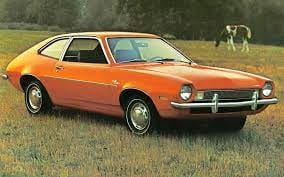
The Importance of Accurate Life Valuation
Which demonstrates the importance of pricing life right. Because if there’s one thing everybody would agree, it’s that one statistical life is certainly worth more than 200’000 dollars.
But how much more?
How Economists Measure the Value of Life
Well, there are several ways to answer that question. For instance, Jenkins, Owens, and Wiggins produced a study in 2001 that looked into the sales of bike helmets. As we have statistical data to give us the risk of death by a head injury in bicycle accidents, and we have stats to indicate how much people spend on bike helmets, to reduce that death risk, if we multiply one by the other, it provides us with the statistical value people attribute to their life. That’s the good old marketing saying: people vote with their wallets.
The results of the study show that people value a kid’s life around 2 million dollars, and an adult’s life around 3 million dollars. Yeah, that’s a weird fact I discovered doing the research for this episode, a statistical life’s value peaks between 40 and 50 years, roughly speaking, and decreases on both ends. My kids might be invaluable to me, yet statistically, I’m worth more than them, and more than my parents.
Just for the anecdote, if you intend to use it to shine during your next dinner in town, just leave me a like down below and we’re even.
Now that methodology also has a lot of biases, I won’t go into details here, if you’re interested in diving deeper into the topic, I’d recommend you to read “Pricing Lives” by W. Kip Viscusi.
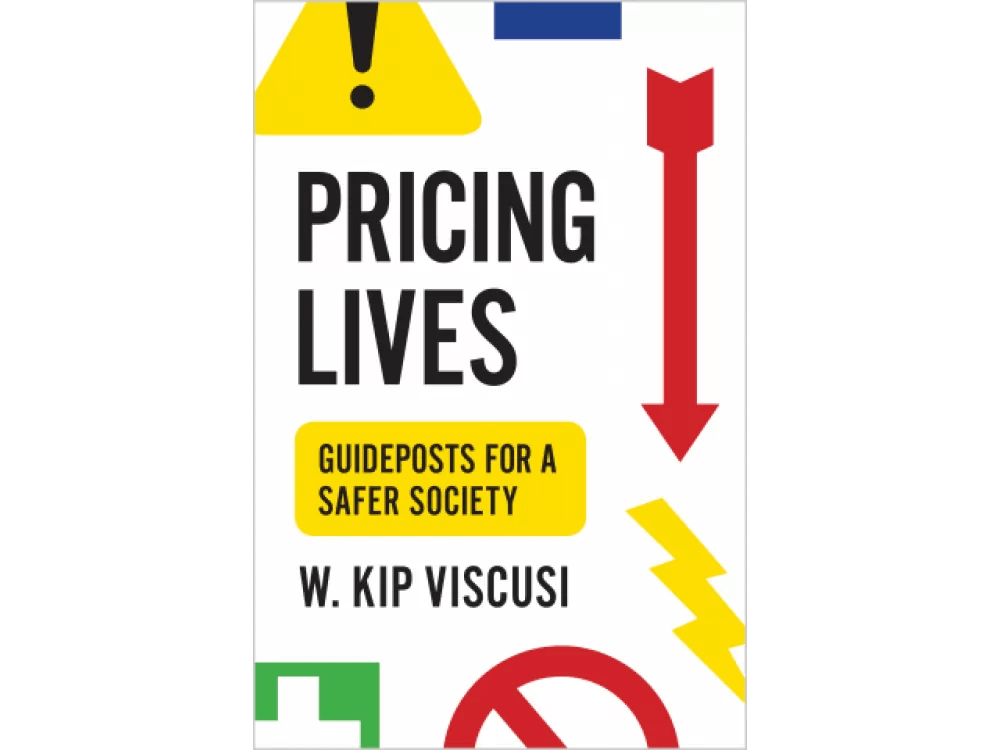
The Job Market Approach: Risk and Reward
Indeed, Professor Viscusi has been busy with the topic of the Value of a Statistical Life for about 50 years now, and even though he’s written countless papers you can find for free on the internet, I’d still recommend his book, which is easier to access if you’re not a professional economist. Aka, if you’re like me.
The approach he’s contributed to popularize is to rather look at a place where people vote with their wallets but in a much less conscious fashion: the job market.
The Industrial Revolution Example: High Risk, High Pay
Let’s take an extreme example, and you’ll swiftly understand how straightforward that approach is.
The region where I live used to be one of the hotspots for the textile industry during the Industrial Revolution. You would have huge areas with weaving looms and a central coal-fired steam factory that powered all of them. So some worker’s job was to take a shovel and shove coal in a big oven all day long, which was exhausting, sure, but also very dangerous. Basically, you were working an entire shift in a super hot environment where everything could kill you.
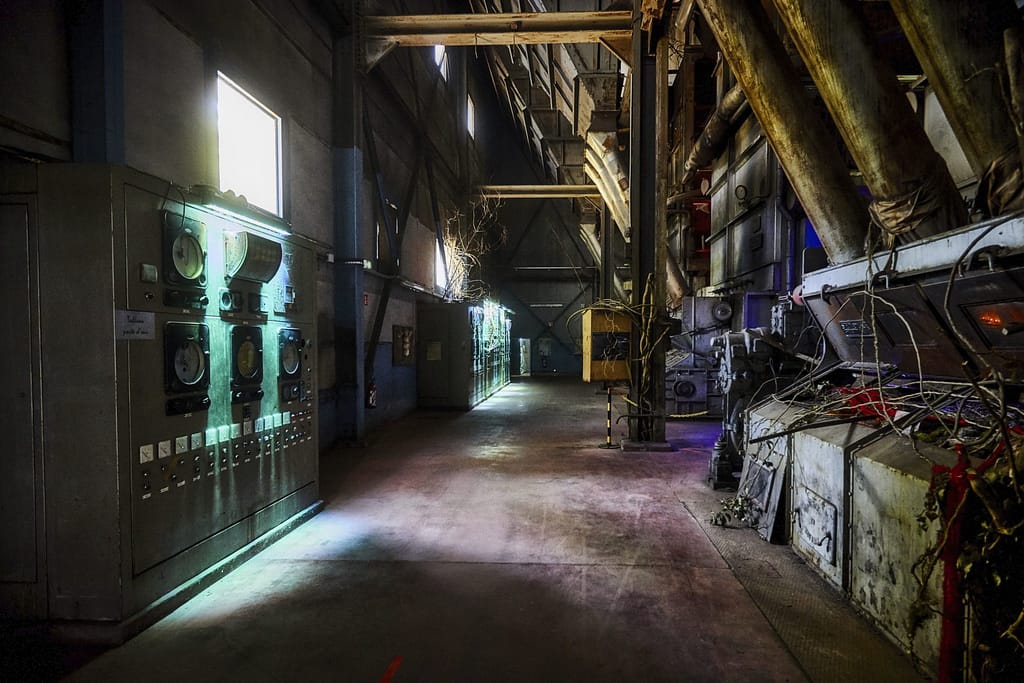
As a result, for people to accept taking on these jobs, industrials had to pay a sizeable risk premium. These workers were indeed dying at a much younger age than the average, but they were also paid quite more. Hence, you see me coming, if you calculate the increased death risk because of their job, and you multiply it by the risk premium, you obtain a statistical worker’s willingness to pay for his life. Not clear? Let’s put some random numbers here.
Crunching the Numbers: The Value of a Statistical Life
Let’s say working at the oven had a one out of one thousand risk of killing you every year, but you were getting a five hundred dollars yearly risk premium, and you were fine with that, that meant you were valuing your life at 500 time one thousand, so 500 thousand dollars.
That’s the theory, and the beauty of the modern World is that we basically have statistics for everything, including death risk for a specific job based on actual events, and salary differences between that given job and another job. Put it in an Excel table, shake it, and bam, here you go: dozens of studies have been conducted, mostly in the United States, resulting in a value of a statistical life of nine to twelve million dollars, which I’ll simplify in ten millions for the rest of today, now you understand where my opening figure comes from.
Government Guidelines: The EPA’s Approach
And even though there is no overall policy that gives you one benchmark everybody shall use, several governmental agencies have started adopting their own guidelines, like, for instance, the US Environmental Protection Agency – the EPA – that calculates an 11.08 million dollar figure for its cost-benefit analysis.
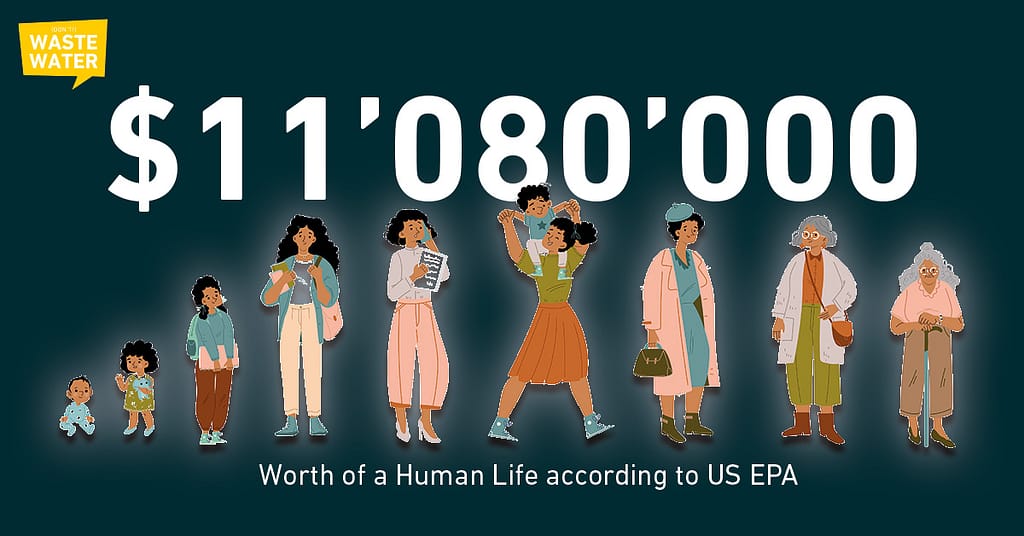
Why This Matters for the Water Sector
But wait, when exactly did this channel stop talking about Water? Never. And it never will; just subscribe and see me stay true to my word.
The Marketing Gap in Environmental Advocacy
So why do I suddenly look into the value of a statistical life? Well, first, because I read this business insider article that slashes the environmental sector, saying we’re absolute retards when it comes to marketing. Well, hey, how dare you!
That’s true, but there’s a nicer way to tell us.
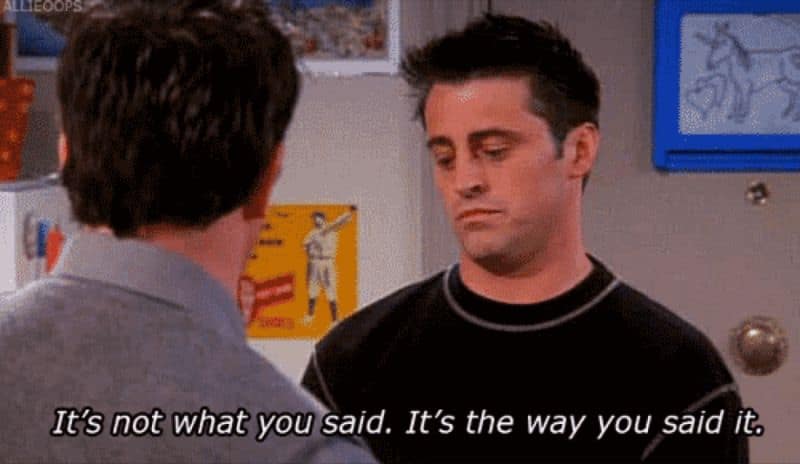
The Economic Case for Water Treatment
Long story short, they say we insist too much on the morality of why treating Water or reducing carbon emissions is the right thing to do, and not enough on the economic benefits of these actions. The author, Jack Safane, probably didn’t watch my TED – but enough for the shameless plugs, it is actually true that we don’t insist enough on the economic benefits of doing that said right thing – for instance, achieving SDG6.
The Student’s Insight: The Need for a New Narrative
But the second reason why I looked into VSL, is that one of my students of this year’s cohort of the Water for All Executive Master made a very valid remark during my water innovation masterclass. He’s the Director of the Analysis and Control Laboratory of Water Quality in Abidjan, and when I told the group to always insist on the risks linked to bad water quality on all ends of the water cycle and ensuring everybody understands them before starting discussing the solution and eventually how much it would cost, he objected that everybody speaks of diseases and health impacts for more or less all problems, which creates a cacophonous environment where it’s hard to stand out with our water stuff.
The Power of Hard Facts
Although I still believe that nothing beats a good story – as we discussed with J. Carl Ganter from Circle of Blue – I have to give in to both objections I just mentioned that a good story also needs hard facts to build on.
The Political Challenge: Why Water Isn’t a Priority
I’ve often heard and recorded people tell me that nobody gets elected upon the promise to spend more money on Water. That’s an accepted truth, and one of the reasons why 2.2 billion people in the World and 2 million people in the US still don’t have access to safely managed drinking water.
The Value of a Statistical Life: A New Angle
But the Value of a Statistical Life as a tool gives us a new angle to look at the problem: we have statistical proof of how much people are willing to pay to save a life. Meanwhile, we also know how many people lose their lives every year to a waterborne disease. We know how many people don’t have access to Water, and we know how much it would cost to provide them with that Water. Hence, I think we have all it takes to open an Excel tab, shake it, and check if the cost-benefit ratio looks good.
Well, guess what I did.
The UN’s Data: A Case for Water Access
According to the United Nations, 3.5 million people lose their lives every year because of inadequate water supply, sanitation, and hygiene. According to UNICEF, reaching that adequate level of WASH would cost 114 billion dollars a year; this means that it would cost 32’571 dollars to save a life.
Again, today, I only look at the costs; if you want to look at the benefits of doing so, check my TED talk.
The Cost-Benefit Analysis: A Universal Acceptance
So, if you followed my path, you now understand that if the Value of a Statistical Life exceeds 32’571 dollars, then the cost-benefit ratio is positive, and we have proven acceptance from the entire society that it’s the right thing to do.
The US Paradox: Wealth and Water Access
If the 2.2 billion people lacking access to safe Water were all in the US, it would be a no-brainer. With a VSL of 10 million dollars, the benefits of saving a life would be over 300 times higher than the costs.
Which makes you wonder how 2 million people in the US don’t have access to Water.
But as shortly alluded to in the introduction, the Value of a Statistical Life is country-specific and, more precisely income-specific.
The Wealth Factor: Airplanes vs Cars
If you’re richer, you value your life more. This shows, for instance, with the money we’re ready to spend on airplane travel safety, a transportation means that has a wealthy demographic, which is statistically almost three times higher than the money we spend on car safety, which is on the more affordable end.
Elasticity and Life’s Worth: The Viscusi Research
But how much more do you value your life? Professor Viscusi’s research tends to demonstrate an elasticity of 0.5 to 0.6. If you were not around when I received an elasticity masterclass from Ellen Bruno, an elasticity of 0.5 means that when income rises by 1%, the Value of a Statistical Life rises by 0.5%.
The Global Scale: Monaco vs Burundi
If we take the highest end of this elasticity, so 0.6, we can then extrapolate up and down the VSL for the richest country in the World in GDP per capita, Monaco, and for the poorest country in the World, Burundi.
The Water Equation: A No-Brainer Investment
Hence, the Value of a Statistical Life in Burundi would be slightly above 4 million dollars. At 4 million dollars, providing people with access to Water is again an absolute no-brainer, 32571 dollars to save 4 million dollars, that’s a 122 to 1 ratio.
The Elasticity Debate: Different Methodologies
Now, even if Professor Viscusi shows a 0.5 to 0.6 range for elasticity with his methodology of choice, he also mentions two further ways to calculate the elasticity, which land for the first in the almost exact same waters with a 0.51 to 0.61 range, and for the second with an elasticity of 1.
The Social Acceptance of Water Access
So, even if the 2.2 billion people without access to safely managed drinking water were all residents of the poorest country in the World – which they’re not – it would still be socially accepted, with a universal willingness to pay to get them access to Water.
The Uncharted Territory: Drinking Water vs Wastewater
And still, in that calculation, I did not distinguish between drinking Water and wastewater, which would make the case for drinking Water even easier to settle, although arguably making the one for wastewater more difficult to push through, as despite recent efforts to put a price tag on environmental services, the Value of a Statistical Lively Ecosystem isn’t really a thing yet.
Future Explorations: Generational VSL
In his book, W. Kip Viscusi discusses mechanisms to project the VSL down several generations, which might be an interesting track to follow for the broader Water Cycle; come tell me in the comments or in my DMs on LinkedIn if you’d like me to do a sequel to this episode where I keep diving deeper, or simply read the book, the link is in the description.
The Reality Check: Financing Water Projects
Some last few words for today. I hope I didn’t lose you with this hefty economic topic; if I gave you a headache, I’m really sorry, and I’m not sorry.
The Marketing Gap: Why We Suck and How to Improve
Getting a water project financed or a water innovation taking off doesn’t come for free. If you do it the conventional way, then you’ll, at best, prove Paul O’Callaghan’s thesis right: it will take decades.
The Need for New Actors in the Water Sector
I’ll strive to present you some more actors we haven’t heard so much from on this channel so far, which aim to accelerate the water timelines. But at some point, you can’t just expect a miracle to happen, and when Business Insider tells us we suck at marketing, I’m sorry to say I agree.
So, will it change anything to add VSL into our toolkit? By itself, no. But, in the overall effort to craft better stories to sell the value of water solutions, I’d see that one as one more trump in our game.
Let’s Talk: Your Thoughts Matter
Do you agree, or do you disagree? Come tell me what you think of it; I’m always eager to exchange.
That’s the end for this solo episode; I have so many great interviews recorded that I feel bad for delaying them one week more, but hey, I’m waiting for some green lights to push some of them live, so you have a little behind the scenes here, and I thought today’s topic would bring you value.
Let’s work together
I’ve been building in public since the beginning of this podcast adventure. I’ve never had a paying sponsor on the pod, yet I’ve had quite some costs to keep it afloat – software, hosting, cartoon illustrations of the guests, some equipment, and, of course, my time, even if I don’t have to pay for that. Water issues and opportunities are here to stay, so I’m here for the long game, which will require teaming slightly up, which I’m planning to do in 2024.
Long story short, I’m considering opening the podcast to very selected advertising, to brands that would fit with my brand, that would embrace the same water vision as the one all my guests and my little person shared in nearly 200 episodes and dozens of bonuses, if you think we might be a match, reach out to me: antoine@dww.show, the link is in the description, I’ll send you over my little sponsoring slide deck and we’ll take it from there.

